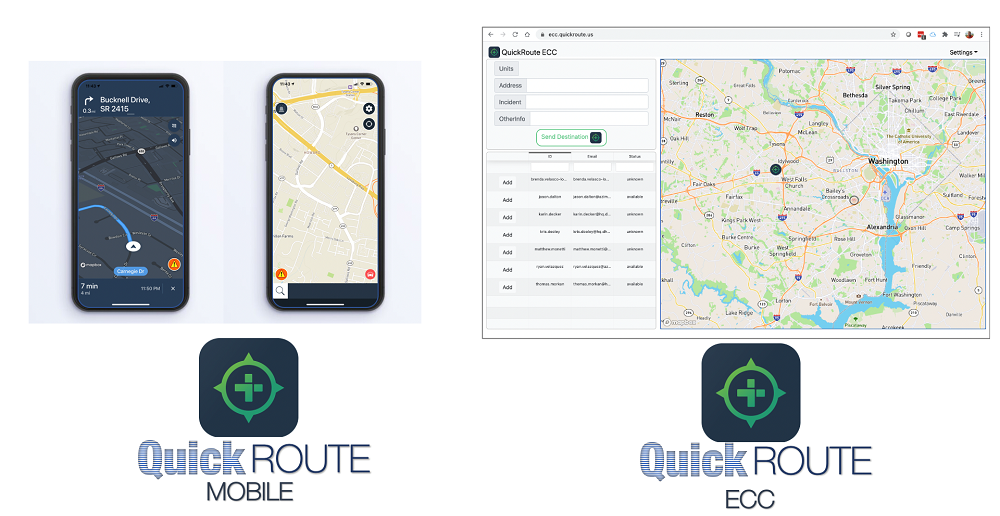WASHINGTON – First Responders face challenges when they are called to the scene of an incident. Seconds count, and routing provided by in-vehicle terminals or popular navigation apps may help them arrive fast, but does not consider emergency vehicle-specific factors like size and turning radius, road hazards, or special road rules applicable to law enforcement, firefighters and emergency medical services. Today, the Department of Homeland Security (DHS) Science and Technology Directorate (S&T) is announcing that an app aimed at tackling this challenge is available for responders to download.
“First responders now have a commercially-available navigational tool which takes into consideration their emergency vehicle specifications,” said S&T Program Manager Kimberli Jones-Holt. “QuickRoute calculates the best way for the responders to get to an emergency scene fast and safely.”
S&T funded development of QuickRoute with Azimuth1, LLC, of McLean, Virginia. The effort, which began in March 2018, resulted in a routing app that understands the conditions and constraints emergency vehicle operators face and helps them to respond efficiently. The app addresses more challenges than a typical GPS application, including narrow lanes, inclement weather, downed power lines, and other hazards.
The iOS version is now available in the Apple store. Currently, the civilian version is available free of charge. The version for emergency service vehicles requires a special code to be provided by the developer and is available at a monthly cost of approximately $10.
Azimuth is inviting agencies across the country to demo QuickRoute, along with the ECC component dispatchers use to send destinations directly to individual users, who can respond using QuickRoute’s optimized vehicle routing protocols.
